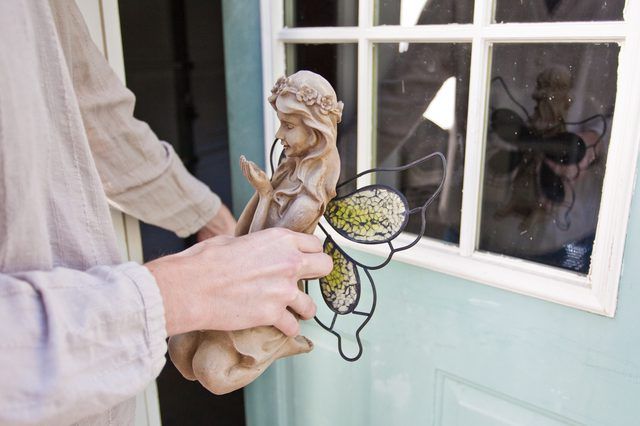Bulbs
Flower Basics
Flower Beds & Specialty Gardens
Flower Garden
Garden Furniture
Garden Gnomes
Garden Seeds
Garden Sheds
Garden Statues
Garden Tools & Supplies
Gardening Basics
Green & Organic
Groundcovers & Vines
Growing Annuals
Growing Basil
Growing Beans
Growing Berries
Growing Blueberries
Growing Cactus
Growing Corn
Growing Cotton
Growing Edibles
Growing Flowers
Growing Garlic
Growing Grapes
Growing Grass
Growing Herbs
Growing Jasmine
Growing Mint
Growing Mushrooms
Orchids
Growing Peanuts
Growing Perennials
Growing Plants
Growing Rosemary
Growing Roses
Growing Strawberries
Growing Sunflowers
Growing Thyme
Growing Tomatoes
Growing Tulips
Growing Vegetables
Herb Basics
Herb Garden
Indoor Growing
Landscaping Basics
Landscaping Patios
Landscaping Plants
Landscaping Shrubs
Landscaping Trees
Landscaping Walks & Pathways
Lawn Basics
Lawn Maintenance
Lawn Mowers
Lawn Ornaments
Lawn Planting
Lawn Tools
Outdoor Growing
Overall Landscape Planning
Pests, Weeds & Problems
Plant Basics
Rock Garden
Rose Garden
Shrubs
Soil
Specialty Gardens
Trees
Vegetable Garden
Yard Maintenance
How to Clean Concrete Statues
How to Clean Concrete Statues. A concrete statue outdoors weathers and becomes dirtier over time, which adds to its character. If the piece becomes so dirty you are no longer able to distinguish its details or features, cleaning it restores its beauty. Avoid using harsh chemical cleaners that may remove paint or bleach parts of the concrete, as...
A concrete statue outdoors weathers and becomes dirtier over time, which adds to its character. If the piece becomes so dirty you are no longer able to distinguish its details or features, cleaning it restores its beauty. Avoid using harsh chemical cleaners that may remove paint or bleach parts of the concrete, as this may harm the statue or result in an inconsistent coloring of the piece as a whole. Harsh chemicals can also harm your plants.
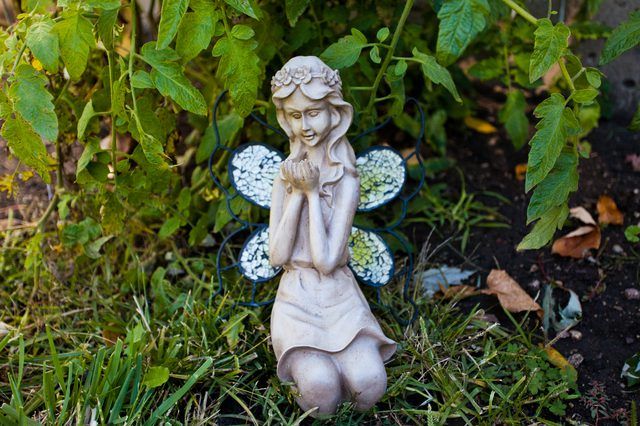
Use a soft-bristled brush, such as a paintbrush, to remove cobwebs and loose dirt or debris from the statue. A toothbrush reaches into crevices and details and allows you to dry-scrub these areas without harming the concrete. If the statue is small and lightweight, lift it and brush off the base. Don't use a wire brush or grill brush, even if the concrete is extremely dirty, as this may scratch the concrete or remove a chunk of it.
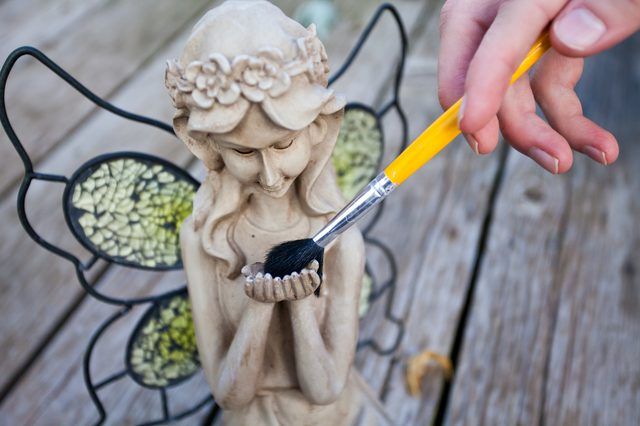
A garden hose helps remove some caked-on dirt without damaging the statue. Set the hose to a jet or high-pressure setting to give the statue a gentler alternative to a power wash. If possible, place the statue in a clean area, such as on patio bricks, before hosing it down, otherwise rinsing it over soil or grass may result in splashes that deposit mud on the statue. Spray into crevices on the statue and hose it down from several angles to knock free loose debris and rinse dirt away. If the statue is painted, only hose it down if the paint is in good condition. The pressure from a hose can make flaking paint worse.
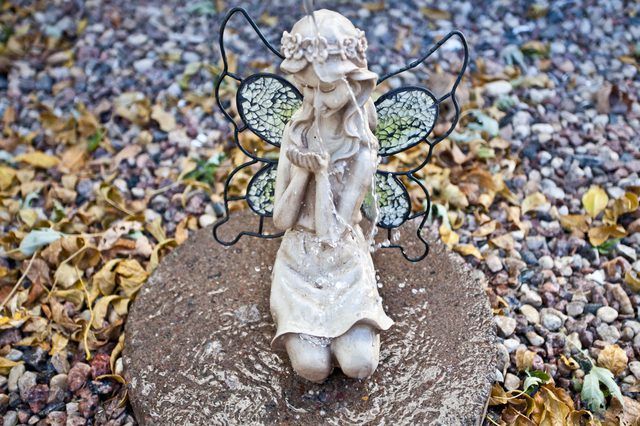
A general-purpose household cleaner safe for porous surfaces, such as grout, is also suitable for concrete statues. Choose your favorite earth-friendly natural or organic cleaner to avoid releasing toxins into the soil or ground near the statue. Make sure the label says it won't harm plants. Spray the cleaner directly on a wet statue, or mix some of the cleaner into a bucket of warm water, dipping a scrub brush into the water to scrub dirt and grime off the statue.
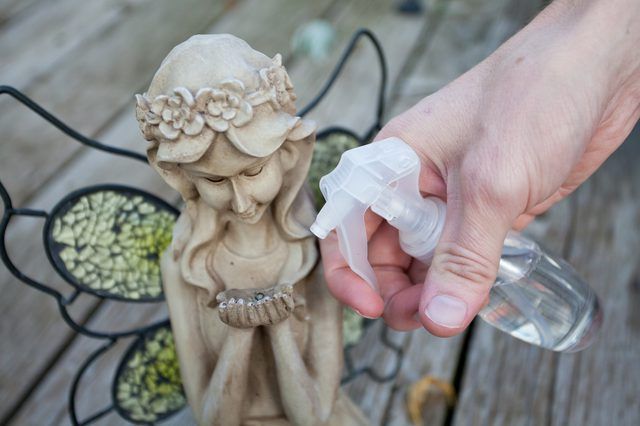
To prevent the statue from cracking or breaking, do not wash it if the temperature may drop near or below freezing. Concrete absorbs moisture, so water within it may freeze, expand and crack the statue. Move the statue to a protected area, such as a garage, if you're concerned about potential wintertime cracking or damage.
